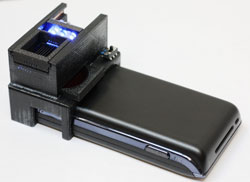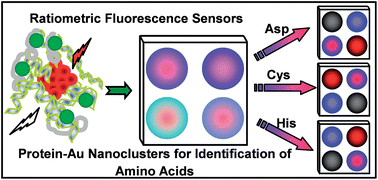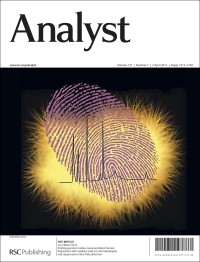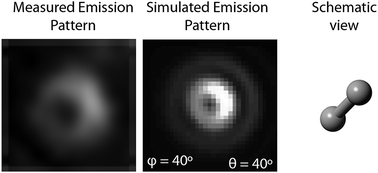 The Pittsburgh Conference on Analytical Chemistry and Applied Spectroscopy (PITTCON) and the Chemical Heritage Foundation (CHF) have awarded the PITTCON 2012 Heritage Award to the father and son duo of Genzo Shimadzu, Sr. and Genzo Shimadzu, Jr. The award has been given posthumously to the founders of the Shimadzu Corporation for their vision and contribution towards the modernizing of Japan during the second half of the nineteenth century.
The Pittsburgh Conference on Analytical Chemistry and Applied Spectroscopy (PITTCON) and the Chemical Heritage Foundation (CHF) have awarded the PITTCON 2012 Heritage Award to the father and son duo of Genzo Shimadzu, Sr. and Genzo Shimadzu, Jr. The award has been given posthumously to the founders of the Shimadzu Corporation for their vision and contribution towards the modernizing of Japan during the second half of the nineteenth century.
Today Japan continues to be a forerunner in chemistry research and technology, so much so that the RSC has recently opened a new office in Tokyo. Dr Hirofumi Seike from Kyoto University is our RSC representative in Japan who will be helping us with our publishing activities and international development.
We also have Professor Takehiko Kitamori from the University of Tokyo on our Analyst Editorial Board, acting as the Associate Editor for Asia, and ready and waiting for your submissions.
You might also like to take a look at some of our recent analytical papers from Japan:
Assessment of willow (Salix sp.) as a woody heavy metal accumulator: field survey and in vivo X-ray analyses, Emiko Harada, Akiko Hokura, Izumi Nakai, Yasuko Terada, Kei’ichi Baba, Kazufumi Yazaki, Masamichi Shiono, Naoharu Mizuno and Takafumi Mizuno, Metallomics, 2011, 3, 1340-1346
DOI: 10.1039/C1MT00102G
In situ monitoring of a trace intermediate during DNA phosphorylation by T4 polynucleotide kinase for transient kinetic studies, Hiroyuki Furusawa, Kensuke Uemura, Hiroshi Yoshimine and Yoshio Okahata, Analyst, 2012, 137, 1334-1337
DOI: 10.1039/C2AN16273C
A portable total reflection X-ray fluorescence spectrometer with a diamond-like carbon coated X-ray reflector, Shinsuke Kunimura and Hitoshi Ohmori, Analyst, 2012, 137, 312-314
DOI: 10.1039/C1AN15389G
Compression effect on sustained-release and water absorption properties of cellulose tablets studied by heterospectral two-dimensional (2D) correlation analysis, Hideyuki Shinzawa, Kimie Awa and Yukihiro Ozaki, Anal. Methods, 2012, DOI: 10.1039/C1AY05392B














